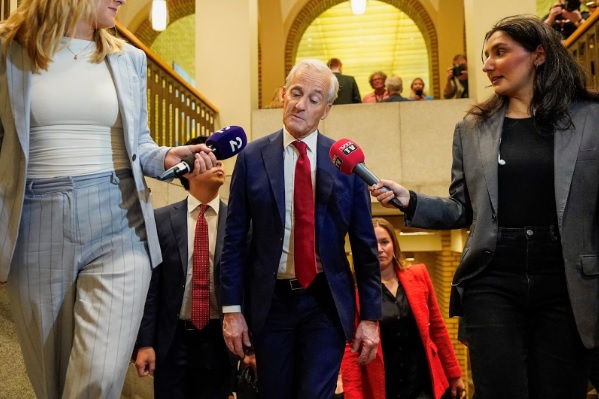Why in News?
- On 8 September 2025, under the leadership of Prime Minister Jonas Gahr Støre, Norway’s Labour Party secured a consecutive second term in the parliamentary elections.
- The party won 87 out of 169 seats, crossing the majority threshold of 85 seats.
- This victory came amidst rising cost of living, ongoing wars in Ukraine and Gaza, and debates over Norway’s oil industry and sovereign wealth fund investments.

Challenges of a Coalition Government
- Despite the re-election, Støre faces a fragmented parliament.
- Passing key legislation on taxation, climate policy, and foreign investment will require support from five left-wing parties, making policy-making more challenging.
Economic and Foreign Policy Dilemmas
Prime Minister Støre faces several critical challenges in his second term:
- Oil and Gas Investment: Environmentalist pressures may limit future oil exploration.
- Sovereign Wealth Fund: Norway’s fund, valued at over $2 trillion, could face calls to divest from Israeli companies due to the Gaza conflict.
- Taxation and Spending: Proposals to increase taxes on the wealthy to fund social programs may clash with demands from centrist and fiscally conservative coalition partners.
Rise of the Right-Wing Progress Party
- The biggest surprise of the election was the Progress Party, led by Sylvi Listhaug, which won 48 seats.
- This is more than double its previous tally and its best performance ever.
- As a result, the influence of right-wing forces in Norwegian politics has increased.
Question: Who became the Prime Minister in Norway’s 2025 parliamentary elections?
(a) Sylvi Listhaug
(b) Jonas Gahr Støre
(c) Dr. Balvinder Shukla
(d) Manmeet Kaur Nanda |



